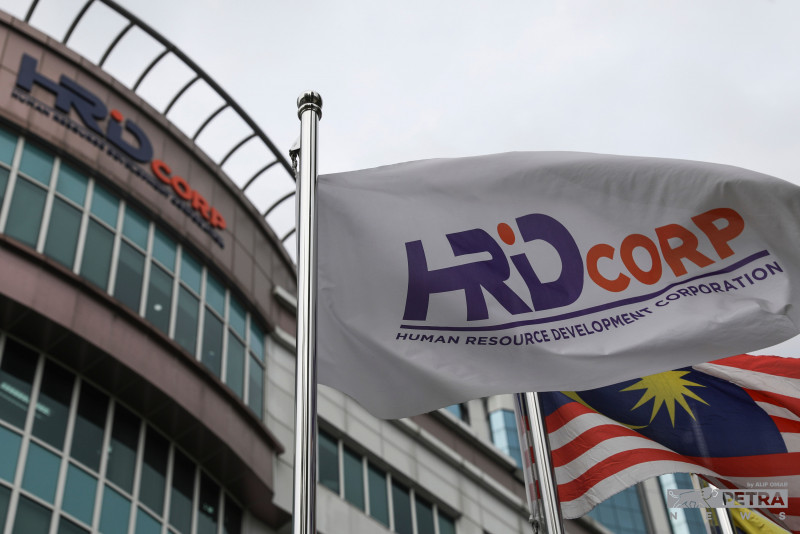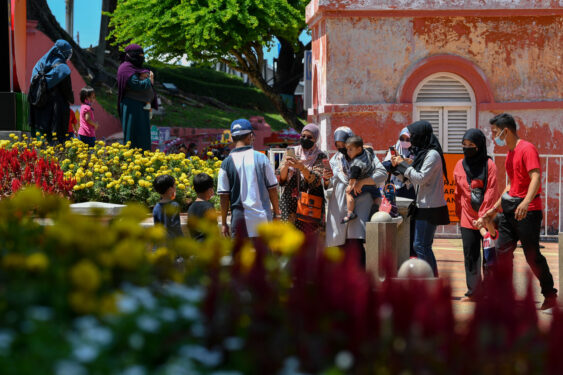AmInvestment Bank is maintained its underweight call on Cahya Mata Sarawak (CMS) with a target price of RM1.42, based on 10x FY21F EPS.
The call is in line with AmInvestment’s benchmark forward target P/E of 10x for mid-cap construction/building material stocks.
In its second quarter ended June 30, 2020 (2Q20), CMS recorded a decrease in revenue of RM206.8 mil against RM399.1 in 2Q19 and earnings of RM16.7 in 2Q20 versus RM41.3 in 2Q19.
AmInvestment analyst Jeremie Yap believes that the building materials manufacturer will continue to face margin compression in the near to medium term.
“This is due to its heavy dependence on imported clinkers, of which prices have stayed elevated at about US$50/RM207.38 per tonne (easing from US$58/RM240.56 per tonne in FY19),” he said. “We estimate that CMS currently sources about 60% of its clinker requirements internally. This should be reduced to 45%-50% by FY22F.”
Adding to that, there will be a delay in the second phase of CMS’ cement plant due to the Covid-19 pandemic.
With the cement division contributing up to 30% of the group’s earnings, CMS had plans to ramp up its in-house clinker production to 700,000 tonnes in FY20F from 625,000 tonnes in FY19, as well as 750,000 tonnes in FY21F and 800,000 tonnes in FY22F. This is underpinned by the second and final upgrading phases in Sept 2020 and early 2021 respectively.
“There has been no guidance yet on how long the delay would be. In the meantime, we believe that CMS will continue to depend on imports from Southeast Asia and Peninsular Malaysia,” Yap said.
Meanwhile, the group has guided that its 25%-owned associate OM Materials (Sarawak) will most likely be marginally in the red in 3Q20, due to prolonged weak selling prices of ferrosilicon and manganese alloy.
It was also highlighted that only 12 out of 16 of the furnaces are running as additional furnaces are placed on maintenance in 2Q20 due to limited manpower at the plant.
“We assume the unit to only break even in FY20F,” Yap added.
The associate has set aside A$20 mil (RM60.5 mil) for its phase two expansion, comprising largely of a sinter plant that can lower its manganese alloy production cost.
The capex plan, slated for completion in FY22F, includes the modification of two existing ferrosilicon furnaces to produce metallic silicon and silicomanganese and the construction of up to four additional manganese alloy furnaces.
“We maintain our view that given the still elevated national debt, the government has very limited room for fiscal manoeuvre,” Yap said.
“Already, S&P Global Ratings downgraded Malaysia’s outlook to negative from stable on June 26, 2020 to reflect a heightened risk of fiscal deterioration, weighed down by the economic impact of the Covid-19 pandemic and depressed oil prices and fiscal stimulus,” he added.
While the state of Sarawak is able to step in to fill the gap with the RM11 bil reserves-fuelled infrastructure projects (namely the Coastal Road, Second Trunk Road and 11 mega bridges), the rollout of work packages from these projects seems to have hit a snag after the initial hype.
“We are mindful of the potential threat to the market dominance of existing players in the construction and building material sector in Sarawak on the back of an altered political landscape in Malaysia. Increased competition could put a dent on CMS’ prospects of winning new construction jobs and concessions, as well as sustaining high margins for its construction, road maintenance and cement businesses,” Yap said.
At 3.19pm today, CMS’ share price dropped 1.33% to RM1.48 with a market capitalisation of RM1.60 bil.









